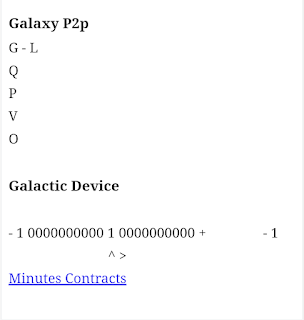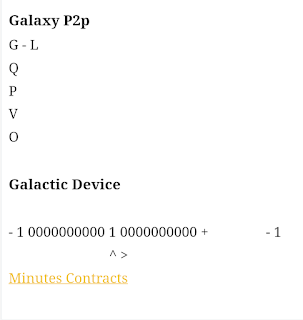[Gf < 3100 1981 > -18bNe] < + Upgrade Notes
[Gf < 3100 2100 1994 1997 2001 1981 > -18bNe]
3100: C - C - C - C
2100: B - C - C - C
2001: C - C - C - D
1997: C - C' - B - G
1994: C - C' - A
1981: C - C' - A - C
3100: C (3), C (1), C (0), C (0)
2100: B (2), C (1), C (0), C (0)
2001: C (2), C (0), C (0), C (1)
1997: C (1), C (9, which could be represented as a high note, e.g., C'), B (7), G (7, but more conventionally B)
1994: C (1), C (9, high note), A (4)
1981: C (1), C (9, high note), A (8), C (1)
Breathing: 10-20 dB
Whisper: 20-30 dB
Normal conversation: 60-70 dB
Vacuum cleaner: 70-80 dB
City traffic: 80-85 dB
Lawnmower: 85-95 dB
Music concert: 110-120 dB
Jet engine (at takeoff): 130-140 dB
Gunshot: 140-190 dB (depending on the firearm)
Space Shuttle Launch (close proximity): 180-190 dB
Volcanic Eruption (e.g., Mount Tambora 1815): 180-190 dB
Underwater Nuclear Explosion: 200+ dB
1. Ground Zero (Immediate Vicinity, within a few hundred meters or 1 mile):
- 200-220 dB: In this range, the sound is extraordinarily intense, causing immediate and severe structural damage, and potentially fatal acoustic trauma. This is far beyond the threshold of pain and can lead to ear drum rupture and permanent hearing loss.
2. Close Range (1-3 miles or 1.6-5 km):
- 180-200 dB: Still extremely loud, with substantial potential for structural damage and severe hearing loss. The blast wave itself is still extremely dangerous.
3. Moderate Range (3-10 miles or 5-16 km):
- 150-180 dB: At this distance, the sound is less intense but still capable of causing significant damage to buildings and being heard over large areas. The pressure wave may cause structural damage and acoustic trauma.
4. Extended Range (10-50 miles or 16-80 km):
- 130-150 dB: The sound level drops significantly, but it can still be very loud, causing potential structural damage to weaker structures and being heard over a wide area.
5. Long Range (50-100 miles or 80-160 km):
- 110-130 dB: The sound is considerably quieter but still notable, especially under optimal listening conditions. This range may cause minor structural impacts and still be heard.
6. Distant Range (100-200 miles or 160-320 km):
- 90-110 dB: At this distance, the sound is much quieter, and while it can be detected, it typically has minimal impact on structures or people. It may still be recorded by specialized equipment.
7. Global Scale (Over 200 miles or 320 km):
- Below 90 dB: Beyond this range, the sound is effectively inaudible to humans, but the explosion may be detectable through other means, such as seismic or atmospheric sensors.
These values are approximate and depend on factors like the size of the explosion, weather conditions, and geographical features. The impact of the explosion at these distances also depends on the yield of the weapon and the specific characteristics of the explosion.
Photonic Geographic Scanner - PGs + ~ - = E°
Command line
Detect Neural events
= E°
Af + ~ + 3100 145 1961 1945 1942 1932 ~ < - 18bNe]
how the years can be represented using musical notes, with each digit translated into a note from the C major scale.
use only notes that fit within one octave (C to B):
</3100> ]












0 Comments